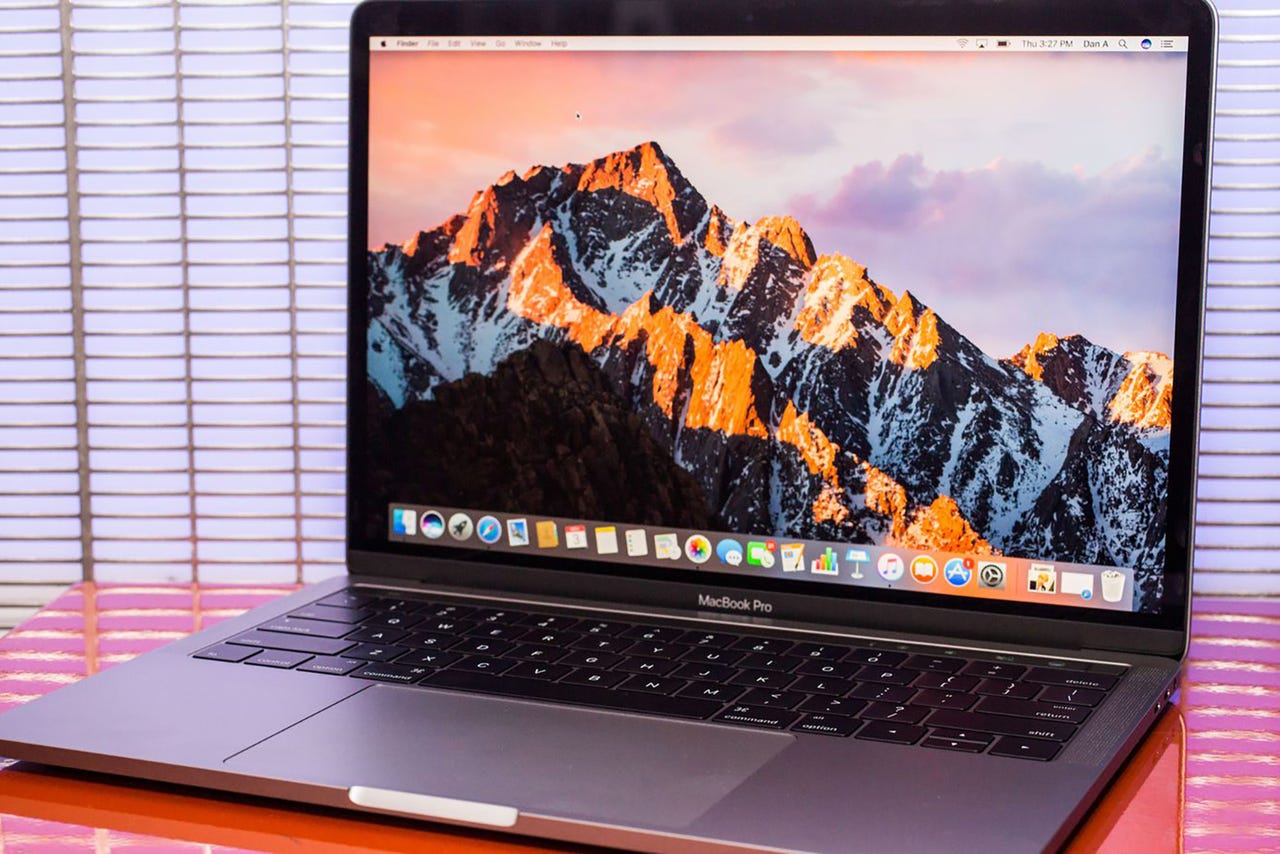































 CNET
CNET Recently,I covered the MacOS Finder feature called Quick Actions (see "How MacOS Finder Quick Actions can help you work more efficiently"). One of the limitations to that feature is how few Quick Actions are available by default and how it's not possible to add new Quick Actions within Finder.
However, you're not totally out of luck, as Apple includes a tool that makes it pretty simple to create your own Quick Actions to the Finder context menu. That tool is called Automator, and I'm going to show you how to use it to create custom Quick Actions.
The only thing you'll need for this is a device running an updated version of MacOS. This can be done on aMacBook Pro , MacBookAir or aniMac . That's it, let's make some Apple magic.
Open the macOS Launchpad and search for Automator. You will see a new Finder window, where you'll need to click New Document at the bottom left corner (Figure 1).
Figure 1: Opening Automator from the macOS Launchpad.
Image: Jack WallenA new pop-up will appear (Figure 2), from which you'll need to select Quick Action and then click Choose.
Figure 2: Selecting a Quick Action item for creation through Automator.
Image: Jack WallenIn the resulting window (Figure 3), click Actions near the upper left corner of the window.
Figure 3: Selecting the Actions tab reveals all the base actions you can create.
Image: Jack WallenLet's say you want to create a Quick Action that will scale images. For that, select Photos in the left-most column and then double-click Scale Images in the column immediately to the right. You will be asked if you want to add a copy of the Finder item (Figure 4), which you should do (to retain a copy of the original image).
Figure 4: Make sure to click Add from the pop-up window.
Image: Jack WallenSo far, so good.
You can now configure how you want the scaling to work. You can select in pixels or percentages. Let's say you want to scale your images to 50% of their original size. For that, select By Percentage from the drop-down and then type 50 in the percentage field (Figure 5).
Figure 5: Setting our scale to 50%.
Image: Jack WallenYou might also want to change the location to house the newly created images from the To drop-down.
Let's also add a step that will rename the resized images. For that, select Files & Folders under Library and then double-click Rename Finder Items in the Action column. In the resulting item (Figure 6), make sure to select Add Text from the drop-down, type the text you want to add (such as -resized) and select After Name.
Figure 6: Adding the ability to rename files with Quick Action.
Image: Jack WallenAt the top of Automator, make sure to change Workflow Receives Current to Image Files and then click File > Save. When prompted, give the Quick Action a name (such as Resize) and click Save.
Open Finder, two-finger tap (or right-click) an image, select Quick Actions, and you should see your new custom Quick Action listed (Figure 7).
Figure 7: Our new Quick Action is ready to be used.
Image: Jack WallenCongratulations, you've just added your first Quick Action to MacOS Finder. Keep creating new Quick Actions to further expand the functionality of Finder, and you'll find things that can get seriously efficient.
 Tags quentes :
Serviços & Software
Sistemas Operacionais
Mac OS
Tags quentes :
Serviços & Software
Sistemas Operacionais
Mac OS